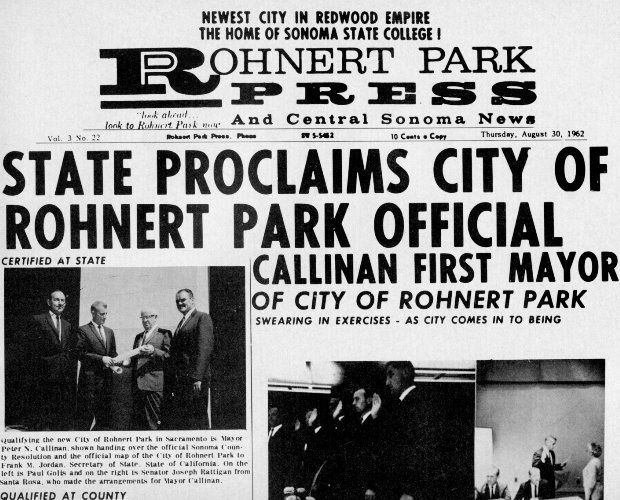 In just five decades, Rohnert Park has grown from a rural seed farm to a suburban city with a population of more than 42,000. As the community prepares to celebrate its 50th birthday, that succinct civic history is captured in a recently published photo book.
In just five decades, Rohnert Park has grown from a rural seed farm to a suburban city with a population of more than 42,000. As the community prepares to celebrate its 50th birthday, that succinct civic history is captured in a recently published photo book.
On Saturday, September 15th Rohnert Park will celebrate its 50th Anniversary with a Parade, Festival and Fireworks, a great event that combines the numerous Annivereeary activities with Rancho Cotate's Homecoming The parade will begin at Lawrence Jones Middle School at 10 a.m. traveling south down Snyder Lane and ending at Rancho Cotate High School.
The festival will be held at the Rohnert Park Community Center Complex at 5401 Snyder Lane beginning at 11:30 a.m. Here you will find a Show & Shine car show, craftors, kids games, food, beer, wine and a history display of the last 50 years, plus four live bands including Wonder Bread 5, and the Poyntlyss Sistars. Use these links to sign for the Lucky Legs contest, Tri-Cycle or Bed Races. The festivities will conclude at dusk with fireworks at the Cougar Stadium. See full schedule posted below.
 Tim DanisiAttorney Pete Golis was the driving force behind the creation of the City of Rohnert Park. His vision was for a residential community with eight neighborhoods, each with its own park, school and swimming pool, and that blueprint can still be seen in many parts of present day Rohnert Park. But after the municipality was incorporated in 1962, reports Tim Danisi, President of the Rohnert Park Historical Society, Golis' influence waned.
Tim DanisiAttorney Pete Golis was the driving force behind the creation of the City of Rohnert Park. His vision was for a residential community with eight neighborhoods, each with its own park, school and swimming pool, and that blueprint can still be seen in many parts of present day Rohnert Park. But after the municipality was incorporated in 1962, reports Tim Danisi, President of the Rohnert Park Historical Society, Golis' influence waned.
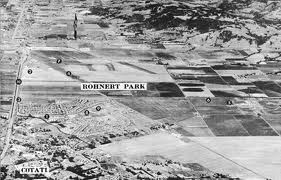 Even before Rohnert Park became a city, it was traversed by the railroad, even though there was never a station there. Still, Danisi says, Golis envisioned the trains being a significant presence in his town.
Even before Rohnert Park became a city, it was traversed by the railroad, even though there was never a station there. Still, Danisi says, Golis envisioned the trains being a significant presence in his town.
One other notable institution in Rohnert Park is the region's only public television and radio station. Yes, that would be KRCB. But Danisi notes it was largely through some astute negations with the city that the stations secured their home here.
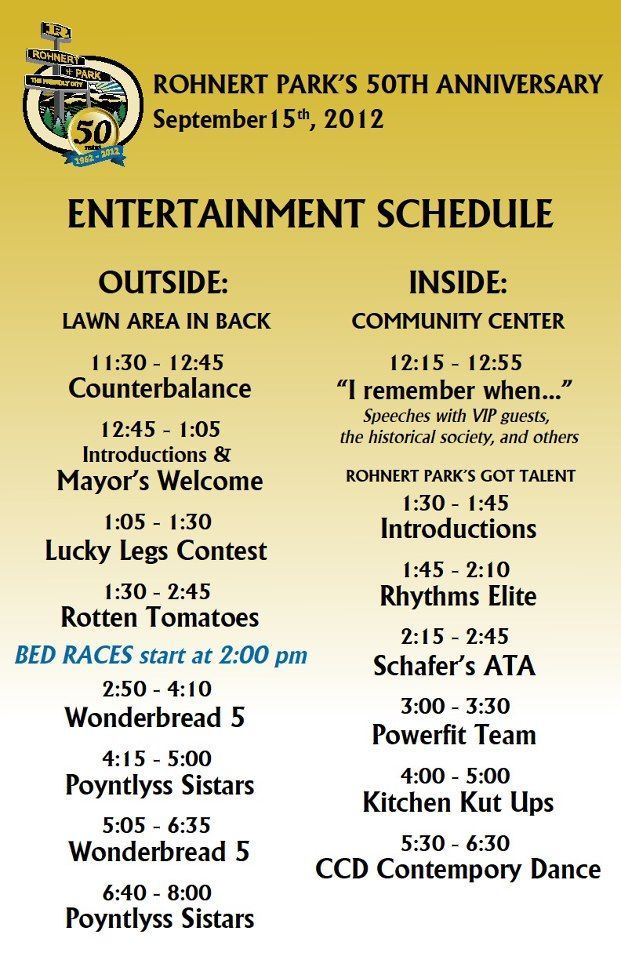
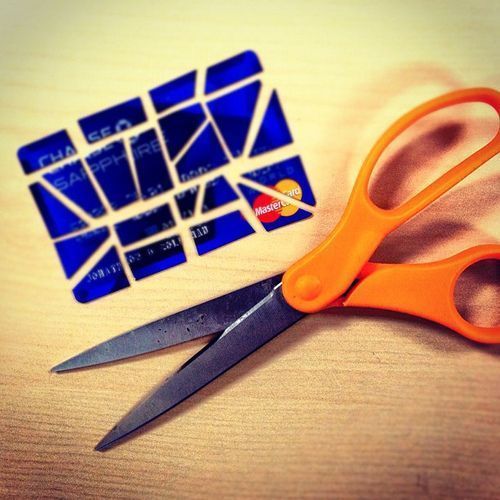 About 10 million Americans every year are victims of identity theft, and Sonoma County and the Bay Area see more than their fair share of these cases. In this first of a two-part series KRCB's Danielle Venton speaks with identity theft victims and law enforcement to learn how to fight and prevent this crime.
About 10 million Americans every year are victims of identity theft, and Sonoma County and the Bay Area see more than their fair share of these cases. In this first of a two-part series KRCB's Danielle Venton speaks with identity theft victims and law enforcement to learn how to fight and prevent this crime.
Inspector Anne Madrid, of the Hayward Police Department and the Identity Theft Council shares what to do if you receive a suspicious call from a debt collector.
If you receive a suspicious call from an existing line of credit, make sure the call is legitimate, advises Madrid. Here's how:
 The youngest victims of identity theft are the hardest hit. On yesterday's North Bay Report, a Petaluma couple who've spent two years fighting identity theft shared their story. The worst part they say, is that their kids' information was stolen, too. Today we learn why young people are especially vulnerable to this crime.
The youngest victims of identity theft are the hardest hit. On yesterday's North Bay Report, a Petaluma couple who've spent two years fighting identity theft shared their story. The worst part they say, is that their kids' information was stolen, too. Today we learn why young people are especially vulnerable to this crime.
Anne Madrid, of the Hayward Police Department and the Identity Theft Council, says that thieves are accessing private information in more ways than ever.

California voters are being asked, twice, to increase taxes through ballot measures in November. But Propositions 30 and 38 differ in how much they would raise, and for how long, as well as who those additional revenues would come from.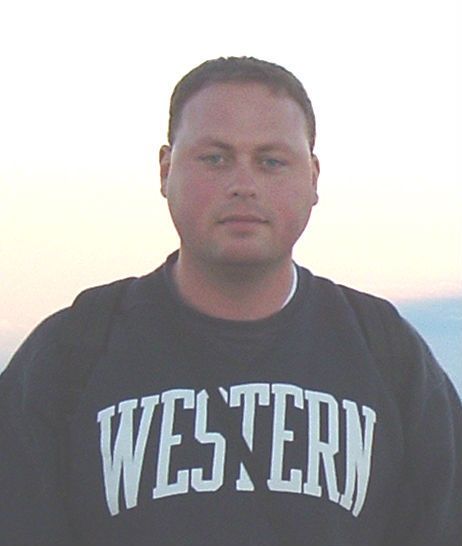 The 2012-13 fiscal year budget approved by the California legislature was premised on the assumption that voters would approve revenue increases this fall. Without those additional funds, deeper spending cuts will happen automatically. SSU Economics professor Mike Visser details where those further budget reductions would fall.
The 2012-13 fiscal year budget approved by the California legislature was premised on the assumption that voters would approve revenue increases this fall. Without those additional funds, deeper spending cuts will happen automatically. SSU Economics professor Mike Visser details where those further budget reductions would fall.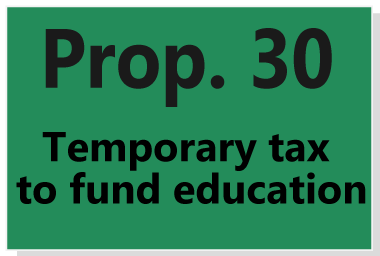 Those "trigger" cuts would still happen if Proposition 38 passes with more votes than Prop 30. But Visser explains that the net effect on spending for education would likely be close to the same as if Prop 30 were to take effect.
Those "trigger" cuts would still happen if Proposition 38 passes with more votes than Prop 30. But Visser explains that the net effect on spending for education would likely be close to the same as if Prop 30 were to take effect.
You can read a more extensive analysis of Proposition 30 here, and contrast that information with the same source's review of Proposition 38. Or go straight to the source with these additional links:
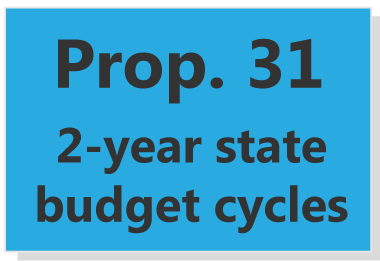 With almost a dozen Propositions on the November 6 ballot in California, there's likely to be considerable voter confusion. In some cases, that's not accidental. Our second report here examines Propositions 31 and 32, again with the help of Mike Visser.
With almost a dozen Propositions on the November 6 ballot in California, there's likely to be considerable voter confusion. In some cases, that's not accidental. Our second report here examines Propositions 31 and 32, again with the help of Mike Visser.
To learn more about Proposition 31, you can visit the websites both for and against the measure, and see who is funding those campaigns.
An impartial analysis of Proposition 32 can be found here. We also have links to the Yes on 32 website and the No on 32 campaign, as well as a list of the funders for both sides.

Vitamin D and variations in how women metabolize it, could play a role in Marin County's high breast cancer rate, suggests recent research. Kathie Dalessandri, a surgeon and research in Pt. Reyes Station, published a report this month in the Journal of the American College of Surgeons linking breast cancer to a genetic variant in vitamin D receptors.
Post-menopausal women with this receptor variant, Dalessandri says, could be especially affected by low vitamin D levels.
 Dalessandri is eager to see her results replicated in larger studies. Locally she's anticipating the Marin Women's Study. A breast cancer research study involving more than 14,000 Marin County women.
Dalessandri is eager to see her results replicated in larger studies. Locally she's anticipating the Marin Women's Study. A breast cancer research study involving more than 14,000 Marin County women.
Vitamin image courtesy of Flickr user ckaiserca (http://www.flickr.com/photos/ckaiserca/).

 Live Radio
Live Radio
 Yes on 30
Yes on 30